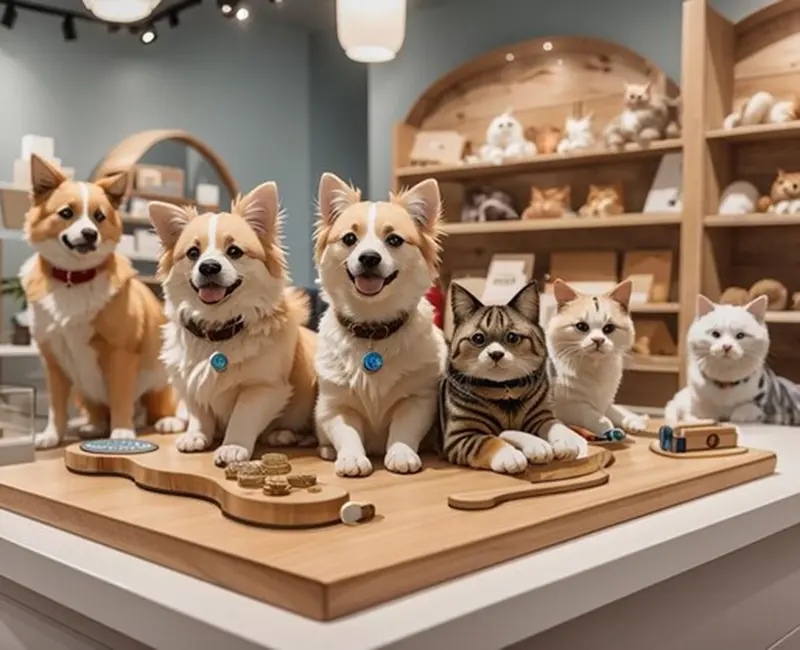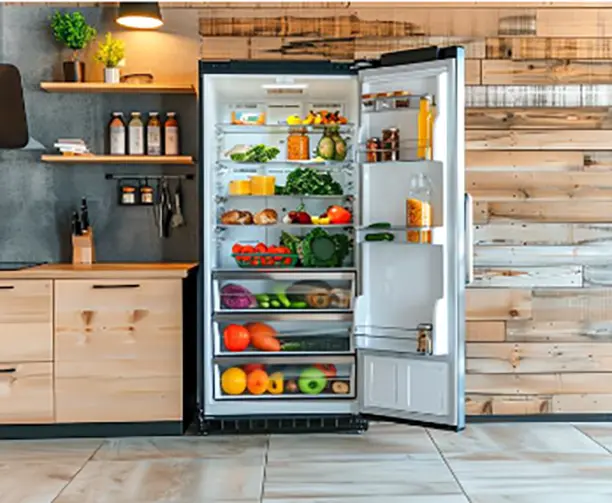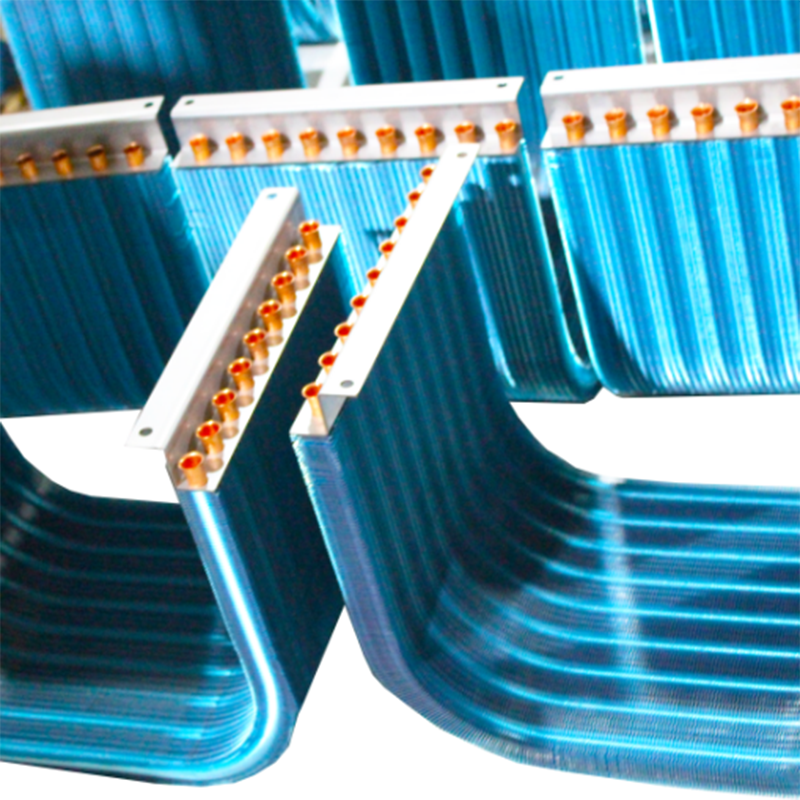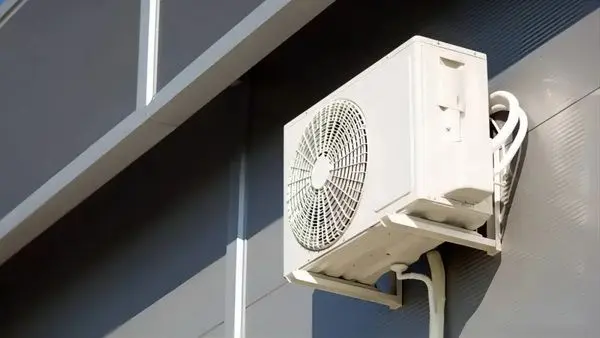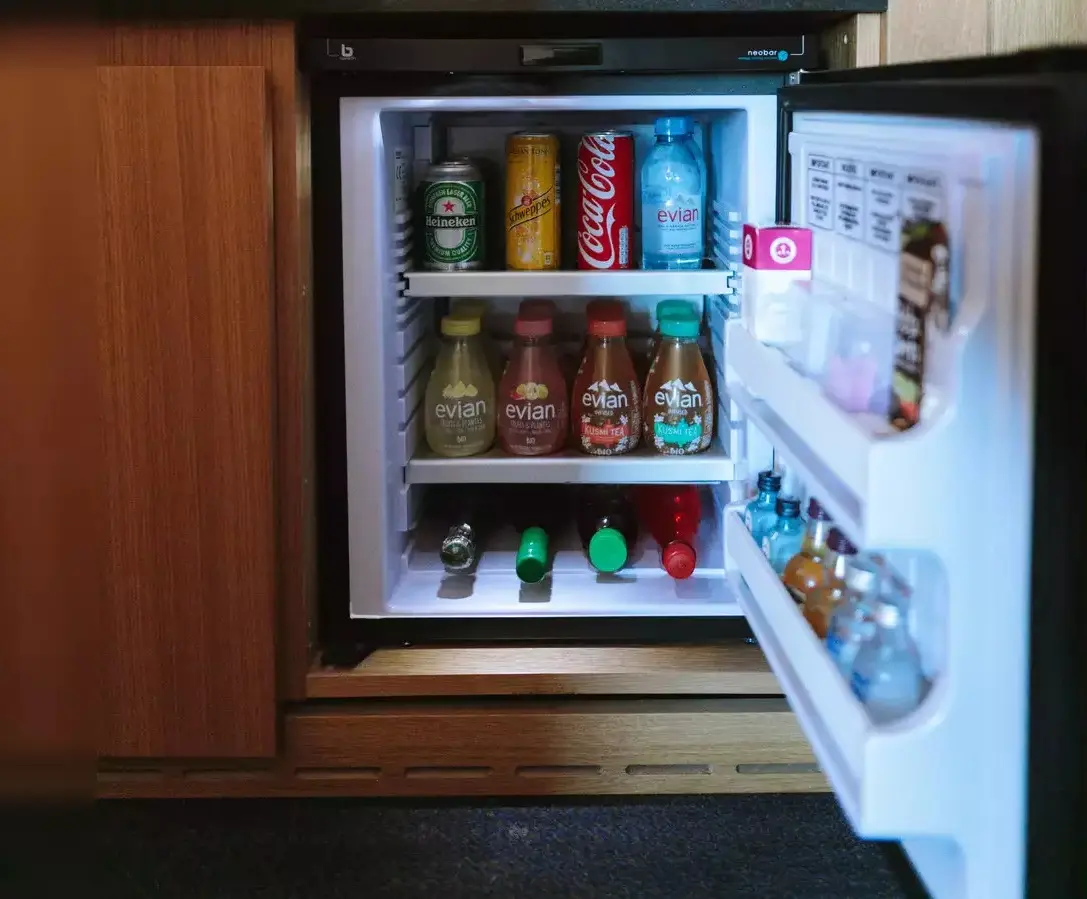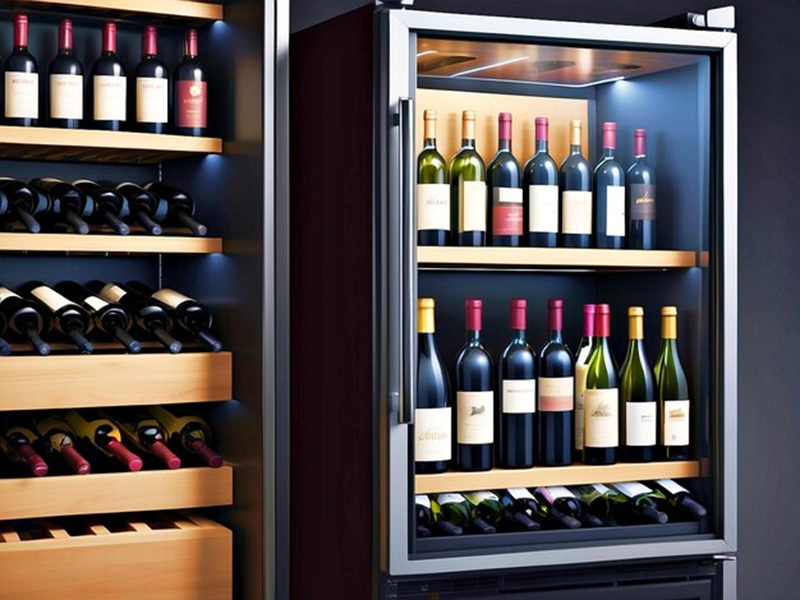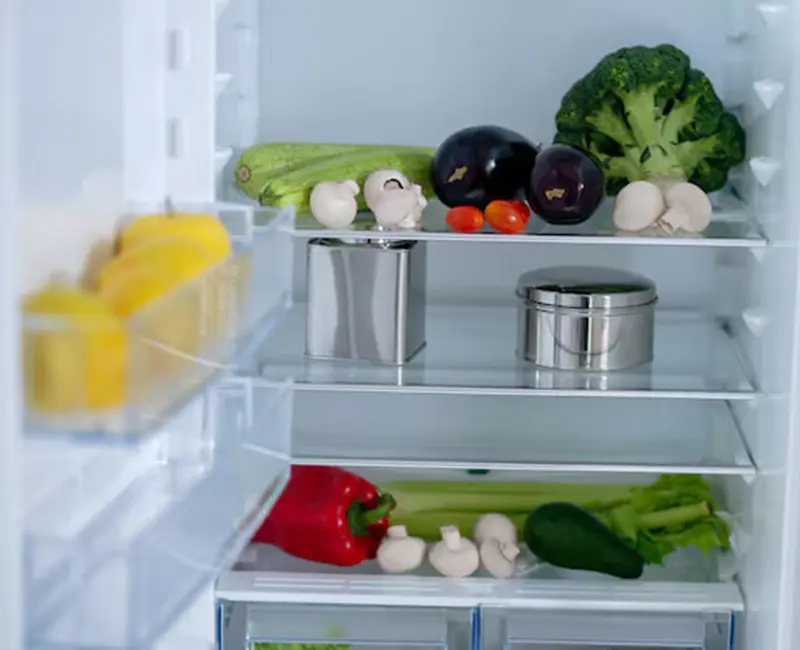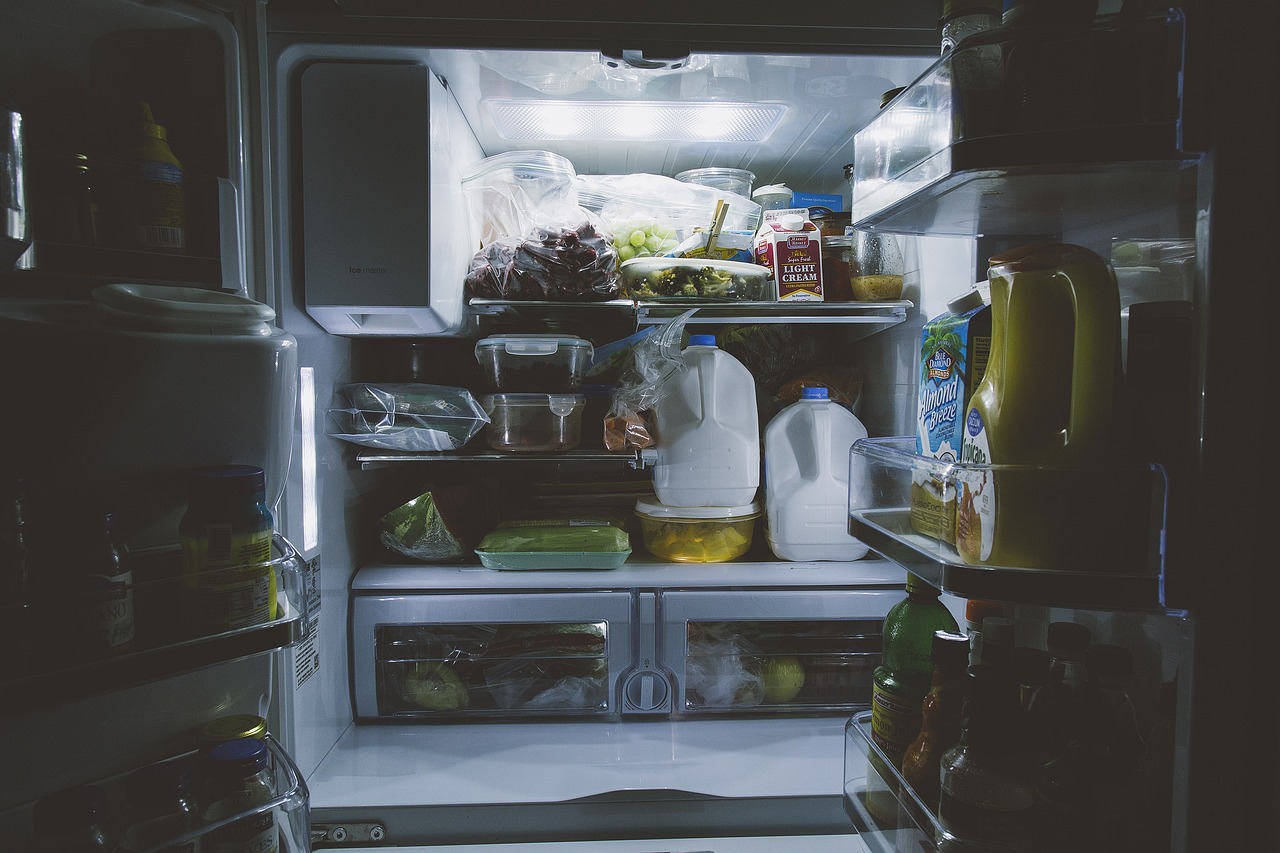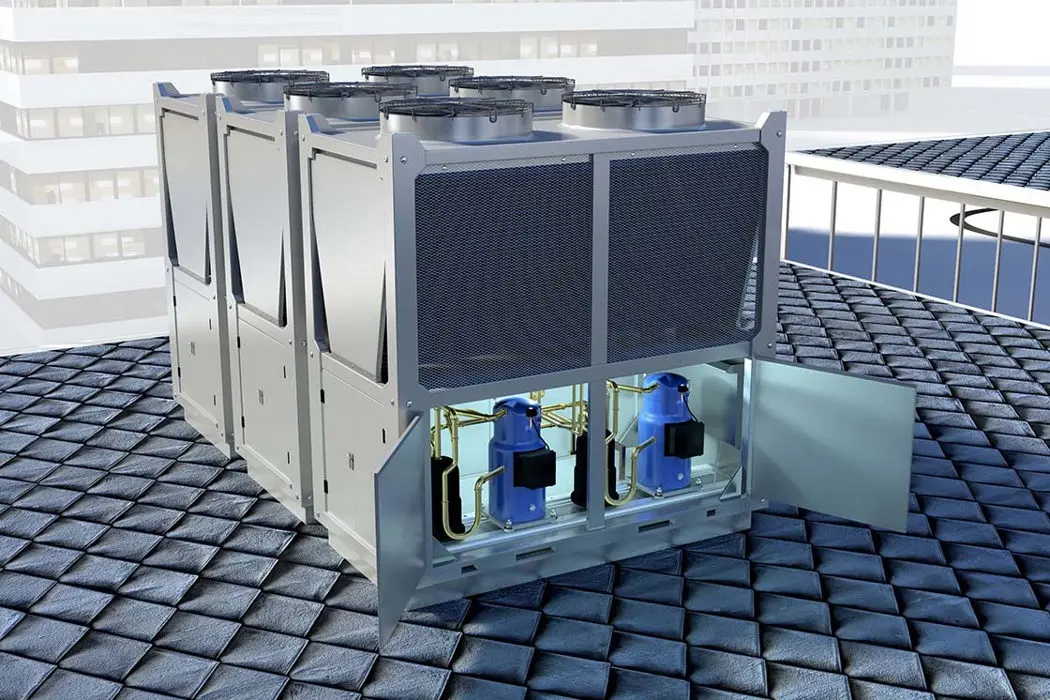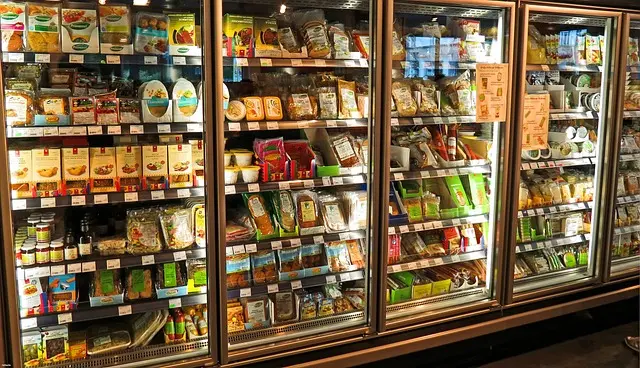Why Do 80% of Commercial Freezers Fail? The Hidden Role of Condenser Design
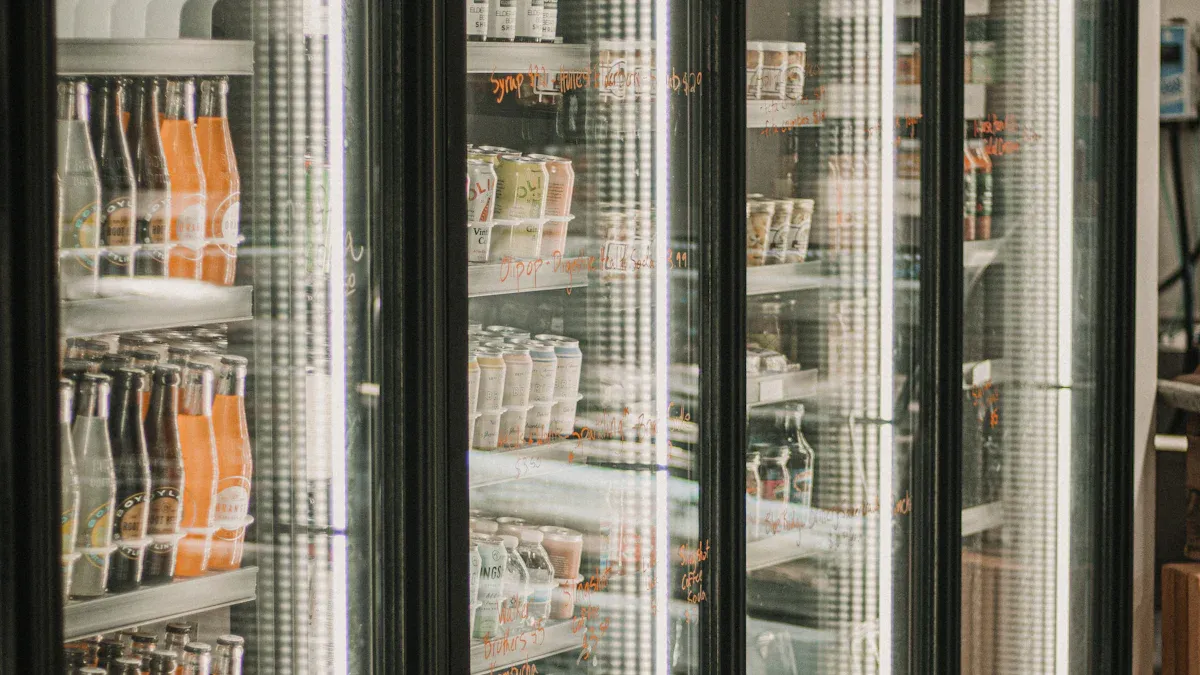
I often see commercial freezers fail because of poor condenser design. Issues like blocked airflow, undersized coils, and difficult maintenance access cause most breakdowns. Problems with thewire tube condenser often go unnoticed. Dirty coils and blocked vents also lead to costly failures in the food service industry.
Key Takeaways
- Poor condenser design, especially issues with airflow and coil size, causes most commercial freezer failures and leads to costly repairs.
- Regular cleaning and easy maintenance access for condensers, like those withWire Tube designs, keep freezers running efficiently and extend their lifespan.
- Choosing quality condensers from trusted brands like senjun and following a strict maintenance routine helps save energy, protect food, and avoid unexpected breakdowns.
The Critical Role of the Condenser in Freezer Reliability
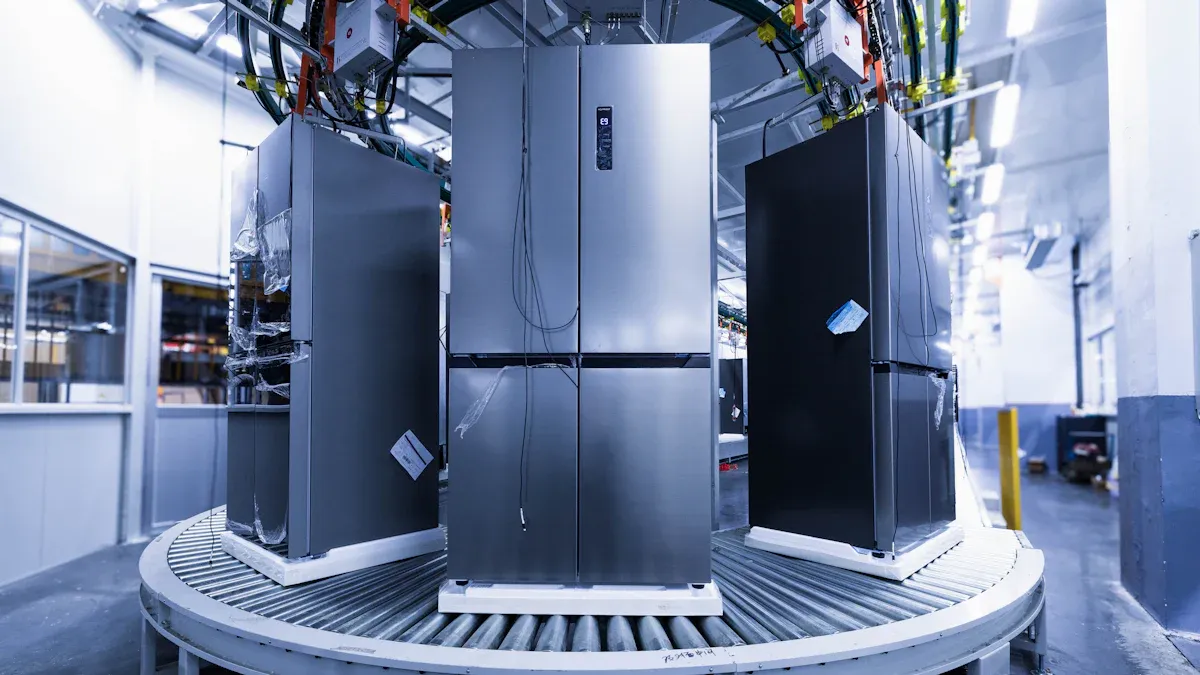
How the Condenser Works in Commercial Freezers
When I look at commercial freezers, I see the condenser as the heart of the refrigeration cycle. The process starts whenhot, high-pressure refrigerant gas leaves the compressor and enters the condenser. Here, the condenser removes heat from the gas, causing it to cool and change into a liquid. This heat rejection is essential. Without it, the refrigerant cannot continue its cycle and the freezer cannot maintain low temperatures. I have noticed that efficient condensers use features like fins and fans to improve heat transfer. If dust or debris blocks the coils, the freezer works harder, which can lead to overheating and early failure. Regular cleaning and inspection keep the system running smoothly and extend its lifespan.
Why Wire Tube Condenser Design Matters
I pay close attention to condenser design because it directly affects freezer performance. The Wire Tube Condenser stands out for several reasons:
- It uses round copper tubes with inner grooves, which boost heat transfer.
- The design allows fins to surround the tubes, improving moisture drainage.
- Copper tubes resist corrosion better than aluminum.
- The structure supports smaller refrigerant volumes and reduces manufacturing complexity.
A well-designed Wire Tube Condenser increases the heat dissipation area and improves energy efficiency. I have seen studies showing up to 23.6% energy savings with optimized designs. Proper airflow and quality materials make a big difference in reliability and cost savings.
senjun: Innovating Wire Tube Condenser Solutions
I trust senjun for advanced condenser technology. Ningbo Senjun New Materials Co., Ltd. focuses on research, development, and production of Wire Tube Condenser systems and copper aluminum fin heat exchangers. Their products serve a wide range of applications, including refrigerators, freezers, display cabinets, wine cabinets, medical ultra-low temperature refrigerators, and more. I value their commitment to innovation and quality, which helps businesses avoid common condenser-related failures. With senjun, I know I am choosing reliable solutions that support long-term freezer performance.
How Poor Condenser Design Leads to Failure
Common Design Flaws: Airflow, Coil Size, and Placement
When I inspect commercial freezers, I often find that poor airflow stands out as the most frequent design flaw. Many units suffer from blocked vents, dirty coils, or even misplaced equipment that restricts air movement. I have seen these issues cause the condenser to work harder, which leads to overheating and eventual failure. Here are the most common airflow problems I encounter:
- Debris or equipment blocking the condenser unit.
- Blocked vents and registers, sometimes hidden behind furniture.
- Clogged air filters that restrict cooling.
- Dust buildup or cracks in ductwork.
- Malfunctioning thermostats that disrupt airflow control.
- Dirty or sluggish blower fans.
- Condenser coils covered in grime.
- Low refrigerant levels.
- Oversized cooling units that cycle inefficiently.
- Outdated system designs that do not match the current space.
Coil size also plays a critical role. If the condenser coil is too small or mismatched, the system must run longer to keep temperatures low. This not only increases energy bills but also puts extra stress on the compressor. I have seen mismatched coils cause refrigerant imbalances, which can lead to compressor failure. Manufacturers design condenser and evaporator coils as matched pairs for a reason. When I see a Wire Tube Condenser with the right coil size and placement, I know the system will run efficiently and reliably.
Maintenance Barriers and Accessibility Issues
Maintenance often gets overlooked, but I know it is essential for long-term performance. Many commercial freezers have condensers tucked away in tight, poorly ventilated spaces. This makes regular cleaning difficult and increases the risk of dust and debris buildup. When coils get dirty, they act like insulation, trapping heat and reducing airflow. The compressor then works harder, raising the risk of breakdowns.
From my experience, the most common maintenance barriers include:
- Condensers placed in enclosed or hard-to-reach areas.
- Lack of proper ventilation around the unit.
- Accumulation of dust and debris on coils.
- Infrequent or skipped cleaning schedules.
I always recommend placing the condenser in a well-ventilated spot and setting a regular cleaning routine. Monthly inspections and cleaning with brushes or vacuums can prevent most issues. When I see a Wire Tube Condenser designed for easy access, I know maintenance will be straightforward and the risk of failure much lower.
Real-World Case: A Restaurant’s Costly Breakdown
I remember a local restaurant that called me after their freezer failed overnight. The condenser had not been cleaned in months, and dust had built up on the coils. The compressor overheated and shut down, causing the freezer temperature to rise. By morning, thousands of dollars’ worth of food had spoiled.
The emergency repair cost the restaurant over $1,500. They lost about $2,000 in inventory. The total direct cost reached $3,500, not counting lost revenue and unhappy customers. Emergency repairs at night or on weekends can double labor rates, making the situation even worse. This experience taught me that regular maintenance and proper condenser design are not optional—they are essential for any business that relies on commercial refrigeration.
Preventing Condenser-Related Failures
Warning Signs of Condenser Problems
I always watch for early warning signs that signal condenser trouble. These indicators help me act before a minor issue becomes a costly breakdown:
- Unusual noises from the condenser or compressor
- Rising internal temperatures or fluctuating cooling performance
- Ice buildup on coils or around the unit
- Visible dust, dirt, or debris on condenser coils
- Increased energy bills without a clear reason
- Frequent cycling or longer run times
Regular monitoring of temperature, airflow, and coil cleanliness helps me catch these problems early. I know that prompt action can prevent major failures and protect valuable inventory.
What to Look for When Buying or Inspecting
When I evaluate a commercial freezer, I focus on features that ensure long-term reliability. I use this checklist to guide my inspections:
| Feature | What I Check For |
|---|---|
| Durability of Materials | Robust steel casing and corrosion-resistant components |
| Brand Reputation | Trusted manufacturers like senjun with proven quality and support |
| Compressor Types | Hermetic or semi-hermetic compressors for easier maintenance |
| Refrigerant Compatibility | Support for modern, eco-friendly refrigerants |
| Serviceability | Easy access to parts and straightforward maintenance |
| Temperature Control | Responsive and precise controls for stable cooling |
| Energy Efficiency | Advanced technology that reduces power consumption |
| Maintenance Importance | Clear guidelines for cleaning and servicing |
I always choose brands like senjun because they invest in quality materials and innovative designs.
Maintenance Tips for Longevity
I follow a strict maintenance routine to keep condensers running smoothly:
- Clean condenser and evaporator coils every three months to maintain efficient heat transfer.
- Inspect and replace door seals monthly to prevent air leaks.
- Monitor refrigerant levels and check for leaks every two months.
- Schedule professional servicing at least twice a year for thorough inspections.
- Lubricate moving parts and adjust airflow to ensure proper operation.
- Keep the area around the condenser clear for optimal ventilation.
Tip: I always follow manufacturer guidelines and work with certified technicians for complex tasks. This approach extends equipment life, reduces breakdowns, and keeps my business running efficiently.
I have learned that condenser design, especially in systems like the Wire Tube Condenser, determines freezer reliability. When I choose advanced designs, I see benefits such as:
- Lower energy bills and reduced maintenance costs
- Consistent temperatures for food safety
- Longer equipment lifespan
I always make condenser evaluation my top priority.
FAQ
What makes senjun wire tube condensers different from others?
I choose senjun because they focus on advanced research and quality. Their condensers use durable materials and innovative designs for better performance and reliability.
How often should I clean my commercial freezer condenser?
I recommend cleaning the condenser coils every three months.
Regular cleaning keeps the system efficient and prevents costly breakdowns.
Can poor condenser design really cause most freezer failures?
Yes, I have seen poor condenser design lead to overheating, high energy bills, and equipment breakdowns.
- Proper design ensures airflow, easy maintenance, and long-term reliability.









